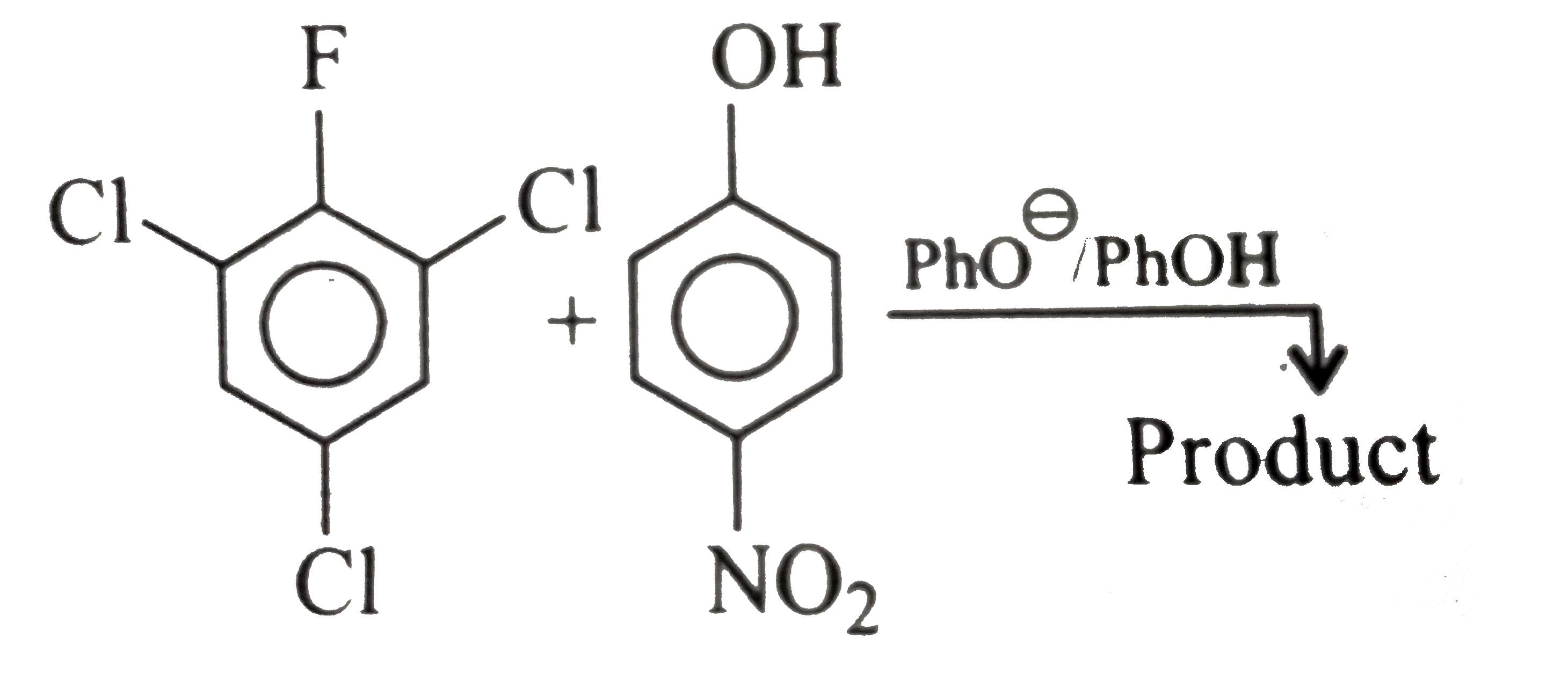Assertion (A): In radioactive disintegrations, .2He4 nuclei can come out of the nucleus but lighter .2H3 cannot.
Reason (R): The binding energy of .2H3 is more than that of .2H4.
STATEMENT-1 is True, STATEMENT-2 is True, STATEMENT-2 is correct explanation for STATEMENT-1
STATEMENT-1 is True, STATEMENT-2 is True, STATEMENT-2 is NOT a correct explanation for STATEMENT-1
STATEMENT-1 is True, STATEMENT-2 is False
STATEMENT-1 is False, STATEMENT-2 is True
The correct Answer is:C
Step by step video, text & image solution for Assertion (A) : In radioactive disintegrations, ._(2)He^(4) nuclei can come out of the nucleus but lighter ._(2)H^(3) cannot. Reason (R) : The binding energy of ._(2)H^(3) is more than that of ._(2)H^(4). by Chemistry experts to help you in doubts & scoring excellent marks in Class 12 exams.
Updated on:21/07/2023Topper's Solved these Questions
- ATOMIC STRUCTUREBOOK - FIITJEECHAPTER - ATOMIC STRUCTUREEXERCISE - EXERCISE
22 Videos
- ATOMIC STRUCTUREBOOK - FIITJEECHAPTER - ATOMIC STRUCTUREEXERCISE - ASSIGNMENT PROBLEMS (SUBJECTIVE) LEVEL-I
10 Videos
- ATOMIC STRUCTUREBOOK - FIITJEECHAPTER - ATOMIC STRUCTUREEXERCISE - MATCHING TYPE QUESTIONS
1 Videos
- ALKYL AND ARYL HALIDESBOOK - FIITJEECHAPTER - ALKYL AND ARYL HALIDESEXERCISE - NUMERICAL BASED QUESTIONS
1 Videos
- CARBOHYDRATES, AMINO ACIDS, POLYMERS AND PRACTICAL ORGANIC CHEMISTRYBOOK - FIITJEECHAPTER - CARBOHYDRATES, AMINO ACIDS, POLYMERS AND PRACTICAL ORGANIC CHEMISTRYEXERCISE - EXERCISE
4 Videos
Similar Questions
Knowledge Check
Assertion (A): In radioactive disintegrations, .2H4 nuclei can come out of the nucleus but lighter .2H3 cannot.
Reason (R): The binding energy of .2H3 is more than that of .2H4.AIf both (A) and (R) are correct , and (R) is the correct explanation of (A)BIf both (A) and (R) are correct, but (R) is not the correct explanation of (A)CIf (A) is correct, but (R) is incorrect.DIf (A) is incorrect, but (R) is correct.Assertion (A): In radioactive disintegrations, .2He4 nuclei can come out of the nucleus but lighter .2H3 cannot.
Reason (R): The binding energy of .2H3 is more than that of .2H4.ASTATEMENT-1 is True, STATEMENT-2 is True, STATEMENT-2 is correct explanation for STATEMENT-1BSTATEMENT-1 is True, STATEMENT-2 is True, STATEMENT-2 is NOT a correct explanation for STATEMENT-1CSTATEMENT-1 is True, STATEMENT-2 is FalseDSTATEMENT-1 is False, STATEMENT-2 is TrueAssertion: Out of 1He3 and 7He3, the binding energy of 1He3 is greater than 2He8.
Reason: Inside the nucleus of1H3, there is more repulsion than inside the nucleus of 2He4.AIf both assertion and reason are correct and reason is a correct explanation o f the assertion.BIf both assertion and reason are correct but reason is not the correct explanation o f assertion.CIf assertion is correct but reason is incorrect.DIf assertion is incorrect but reason is correct
When two dentrons (.1H2) fuse to from a helium nucleus .2He4,23.6MeV energy is released. Find the binding energy of helium if it is 1.1 MeV for each nucleon of deutrim.
View SolutionAssertion : Bond angle in H2O is less than that in H2S.
Reason : Electronegativity of O is more than that of S.
View SolutionAssertion (A):

The product is:
Reason (R ): p−NO2−C6H4O− is a stronger nucleophile than PhO−.
View SolutionAssertion: Ca++ cannot replace H+ adsorbed on clay or humus particles.
Reasoning: The retentive capacity of Ca+2 is more than that of H+.
View SolutionAssertion: Lower value of binding energy per nucleon indicates greater stability.
Reason : Binding energy per nucleon of .3Li7 is greater than that of .2He4. Hence .3Li7 is less stable than .2He4.
View Solution
